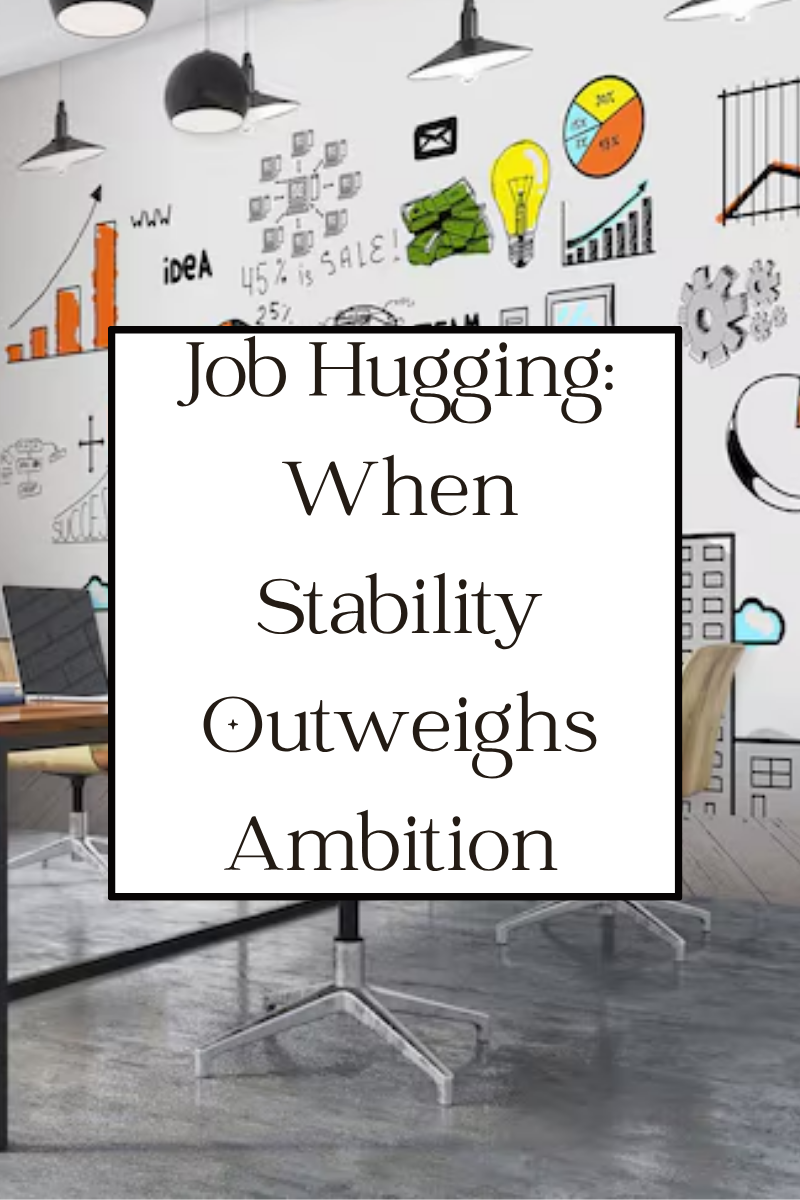
Job Hugging: When Stability Outweighs Ambition
If 2022 was the year of job hopping, 2025 is shaping up to be the year of job hugging — and it’s not hard to see why.
Across Australia, more employees are choosing to stay put, even if they’re not entirely happy where they are. It’s a shift that’s been building quietly in the background, as cost-of-living pressures, market uncertainty, and cautious company hiring policies make change feel risky.
But what exactly is “job hugging”? And what does it mean for employers trying to attract great people in a market that’s suddenly gone still?
What is Job Hugging?
“Job hugging” refers to employees holding on tightly to their current role — often for security, not satisfaction. It’s the opposite of the “Great Resignation” energy we saw a few years ago.
According to recent research, fewer Australians are actively looking to move, with job mobility now sitting around 7.7%, down from nearly 10% at the height of the post-COVID boom. People are clinging to the familiar, even if they’re feeling disengaged or under-challenged.
Why It’s Happening
There are a few key drivers:
- Economic uncertainty. Rising interest rates, inflation, and general cost pressures mean stability has become more valuable than adventure.
- Caution fatigue. Many people changed jobs once or twice after COVID, and the emotional and financial energy that took has left them less inclined to roll the dice again.
- Flattened pay rises. The old logic of “switch for a pay bump” isn’t guaranteed anymore. Some workers feel safer staying where they are, even if that means slower growth.
- Technology anxiety. With AI and automation reshaping industries, some professionals are choosing the known quantity of their current workplace over the unknowns of starting fresh.
The Impact on Employers
On the surface, lower turnover sounds like good news. Less churn means less recruiting, right?
But “job hugging” isn’t necessarily loyalty. Some of these employees are mentally checked out — showing up, doing the job, but not pushing forward. That disengagement can quietly drag down productivity and innovation.
For employers, the challenge is twofold:
- Re-engage your current people — make sure they’re staying for the right reasons, not just out of fear or fatigue.
- Attract passive talent — people who aren’t actively applying but could be open to the right move if it feels secure, progressive and future-proof.
What It Means for Recruitment
From a recruiter’s point of view, the market feels different. Good candidates are harder to prise loose. They want reassurance. They want clarity around career progression, job stability, and culture.
When we speak with print professionals — machine operators, production coordinators, client service staff — a common theme is “I’m open, but only if it’s a sure thing.”
That’s job hugging in action.
So when promoting a role, it’s not enough to talk about growth or variety. Candidates need to feel confident that:
- the company is stable and financially sound,
- the role has a clear future path,
- and their skills will remain relevant as technology evolves.
How Employers Can Respond
Here are a few simple strategies:
- Communicate stability. Be transparent about business direction, workload, and plans for the future.
- Offer development without disruption. Upskilling or cross-training helps people grow without having to leave.
- Refresh job ads and EVP messaging. Focus on “security with purpose” — the blend of safety and opportunity that appeals in this climate.
- Stay connected to the market. Even if you’re not actively hiring, maintain relationships with recruiters and potential candidates. Momentum is easier to build than restart.
The Bottom Line
Job hugging isn’t a bad thing — it’s a natural reaction to uncertain times. But it does mean the hiring landscape is shifting again.
For candidates, it’s worth asking: am I staying because I’m happy, or
just because I’m scared to move?
And for employers: am I keeping my people engaged — or just keeping them?
Those who can offer both stability and purpose will come out on top.





